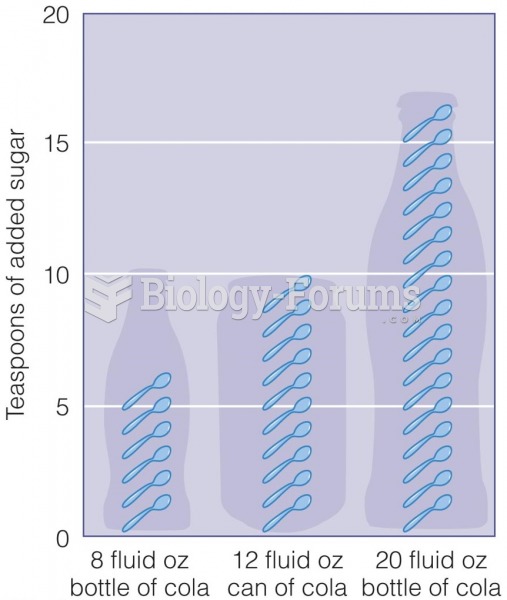Answer to Question 1
ANSWER: The average warming experienced over the globe, has not been uniform. The greatest warming has occurred in the arctic and over the mid-latitude continents in winter and spring, whereas a few areas have not warmed in recent decades, such as areas of the oceans in the Southern Hemisphere and parts of Antarctica. The United States has experienced less warming than the rest of the world, especially across the southeastern states. Moreover, most of the warming globally has occurred at nighta situation that has lengthened the frost-free seasons in many mid- and high-latitude regions. (In recent decades, the warming has been more equally distributed between day and night.)
Answer to Question 2
ANSWER: The 11th to the 14th centuries were relatively warm, but still cooler than the 20th century. During this time, the relatively mild climate of Western Europe began to show large variations. For several hundred years the climate grew stormy. Both great floods and great droughts occurred. Extremely cold winters were followed by relatively warm ones. During the cold spells, the English vineyards and the Viking settlements suffered. Europe experienced several famines during the 1300s.
The Northern Hemisphere experienced a slight cooling during the 15th to 19th centuries. This cooling was significant enough in certain areas to allow alpine glaciers to increase in size and advance down river canyons. Though the cooling averaged less than 1C across the hemisphere, it had a major impact, especially in many areas of Europe, where winters were long and severe; summers, short and wet. The vineyards in England vanished, and farming became impossible in the more northern latitudes. Cut off from the rest of the world by an advancing ice pack, the Viking colony in Greenland perished. While there were cold periods in other parts of the world, there is no evidence that a multi-century cold spell existed worldwide. However, this period has come to be known as the Little Ice Age, largely for its impacts on Europe.







